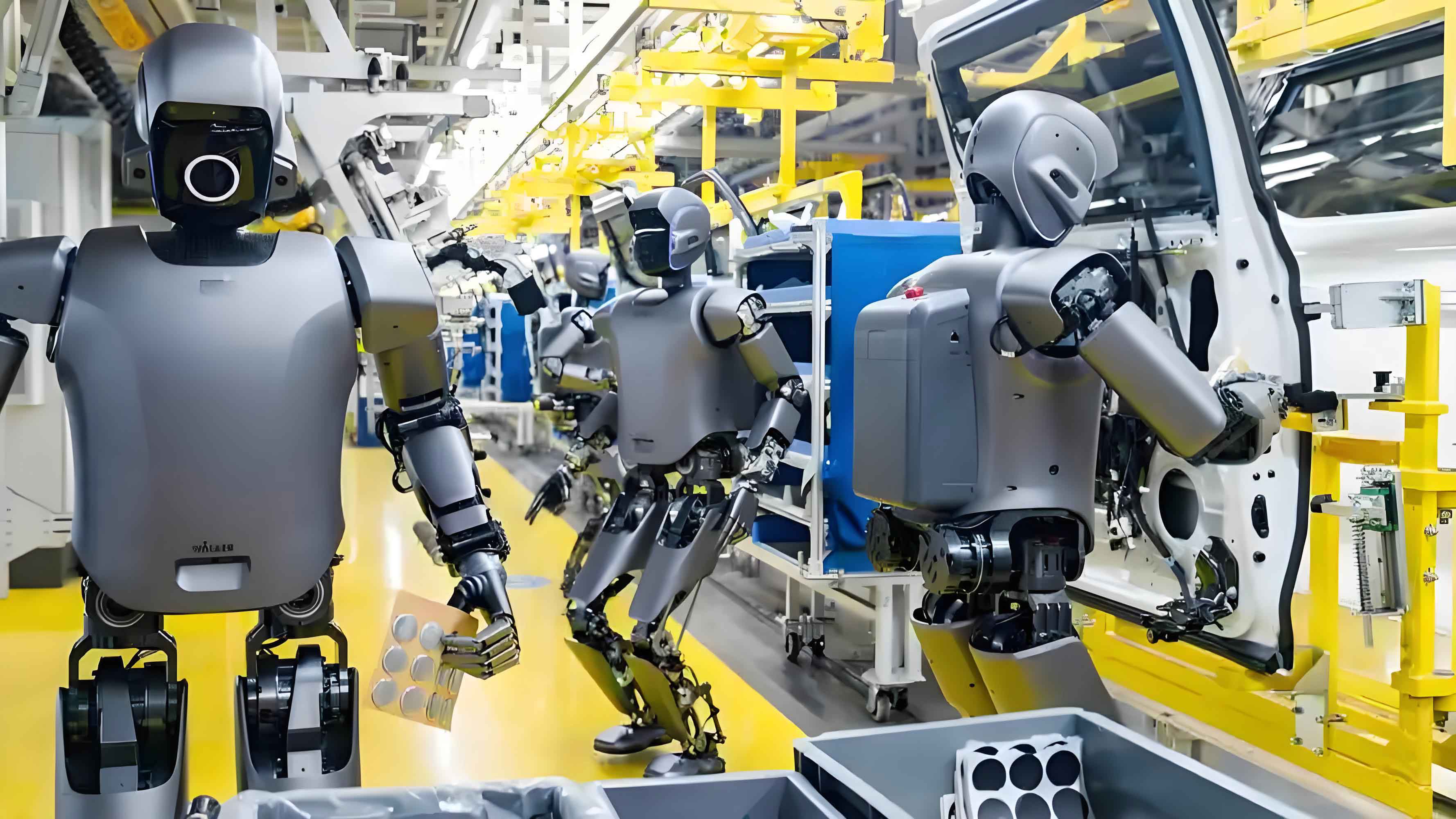As a technology enthusiast and researcher, I’ve closely followed the rapid evolution of robotics in China, particularly the intriguing intersection of robots and sports. From marathons to soccer matches, China’s robotics industry is leveraging athletic competitions as a testing ground for innovation. This article delves into why sports have become a focal point for China’s robotic advancements, explores the rationale behind humanoid designs, and examines the challenges and future potential of these “athletic machines.”

Sports as the Ultimate Testing Ground for China Robots
China’s robotics sector has embraced sports competitions to push technological boundaries. Events like the Embodied AI Robot Sports Games in Wuxi and the Beijing Humanoid Robot Half-Marathon highlight how sports serve as dynamic laboratories. Below is a summary of key events and their objectives:
| Event | Focus Area | Key Challenges Tested |
|---|---|---|
| Humanoid Robot Half-Marathon | Endurance, Energy Management | Stability, terrain adaptation, battery efficiency |
| 2V2 Robot Soccer Match | Team Coordination | Real-time decision-making, environmental perception |
| Robot Basketball Shooting | Precision Control | Motion accuracy, sensor integration |
Experts argue that sports simulate real-world complexities better than controlled lab environments. Dr. Li Chenxi, a postdoctoral researcher at Tsinghua University, emphasizes that athletic competitions demand seamless integration of environmental perception, data analysis, and motion control—core competencies for robots transitioning from labs to practical applications.
China’s approach mirrors global trends where sports act as tech incubators. For instance, Olympic timing systems and soccer’s VAR technology emerged from similar testing. However, China robots stand out due to their emphasis on humanoid designs and multi-scenario adaptability.
Why Humanoid Designs Dominate China’s Robot Athletes
A striking feature of China robots in sports is their anthropomorphic structure. From the 1.8-meter-tall Tiangong Ultra marathon runner to the 1.2-meter soccer-playing Accelerate T1, humanoid forms dominate. The rationale is twofold:
- Adaptation to Human-Centric Environments
As Professor Xu Baoguo of Southeast University explains, “Robots must fit into spaces designed for humans—door handles, stairs, and even soccer fields.” Wheeled or non-humanoid robots struggle with terrain variability, while bipedal designs mimic human mobility. - Emotional Resonance and Market Appeal
Humanoid robots evoke empathy. At the Beijing Half-Marathon, the Little Giant robot, styled as a playful “Nezha” (a mythological figure), became a crowd favorite by interacting with spectators using internet memes. This “anthropomorphic advantage” bridges the gap between technology and public acceptance.
Key Advantages of Humanoid Robots in Sports
| Feature | Benefit | Example |
|---|---|---|
| Bipedal Locomotion | Navigates stairs, uneven terrain | Tiangong Ultra winning marathon |
| Articulated Joints | Mimics human flexibility for dynamic tasks | Soccer robots performing overhead kicks |
| Social Interaction Modules | Enhances public engagement and commercialization | Little Giant’s viral interactions |
Growing Pains: Why China’s Robot Athletes Still Stumble
Despite progress, China robots in sports face glaring limitations. At the Beijing Half-Marathon, only 30% of robots finished the race, with the winner clocking 2 hours and 40 minutes—far slower than elite human runners. During soccer matches, robots frequently tripped over themselves, requiring “stretcher” rescues. Such shortcomings stem from three core challenges:
- Complex Multi-Modal Integration
Unlike AI models like ChatGPT, which excel in text processing, athletic robots must synchronize vision, touch, balance, and decision-making. Dr. Zhang Jianwei, a Chinese Academy of Engineering fellow, compares this to coordinating the human brain’s “cerebellum” and “motor cortex.” - Energy and Stability Trade-offs
Marathon robots prioritize battery life over speed, while soccer bots sacrifice stability for agility. - Algorithmic Limitations
Most robots use task-specific algorithms. For example, a dancing robot cannot seamlessly switch to soccer due to differing motion control requirements.
Performance Metrics: Humans vs. China Robots
| Metric | Human Athlete | Current China Robot | Gap Analysis |
|---|---|---|---|
| Marathon Finish Time | ~2:01:09 (World Record) | ~2:40:42 (Robot Record) | 40% slower due to energy constraints |
| Soccer Dribble Speed | 20-25 km/h | 5-8 km/h | Limited joint flexibility |
| Error Recovery | Instant self-correction | Manual intervention required | Lack of real-time adaptability |
The Road Ahead: How Sports Propel China’s Robotics Industry
China’s focus on robotic sports is not merely academic—it’s a strategic move to accelerate real-world applications. Guo Dahong, a robotics executive in Jiangsu, notes that competitions expose flaws in stability and durability, guiding iterative improvements. Meanwhile, events like the Wuxi Sports Games act as showcases for cutting-edge technologies, fostering industry collaboration.
Future Applications Inspired by Sports Robots
| Sports Discipline | Technical Breakthrough | Commercial Use Case |
|---|---|---|
| Marathon Running | Energy-efficient actuators | Elderly mobility aids |
| Robot Soccer | Swarm intelligence algorithms | Warehouse logistics coordination |
| Basketball Shooting | High-precision sensors | Surgical robotics |
Professor Ding Han of Huazhong University predicts that humanoid robots will revolutionize elderly care and disaster response, addressing China’s aging population. Similarly, Wang Yitao, a robotics event organizer, envisions “human-robot collaborative sports,” where athletes train alongside machines for enhanced performance.
Conclusion: From Stumbles to Strides
China robots may still “toddle” on sports fields, but their progress mirrors historical tech revolutions. In 1894, early cars lagged behind horses; by the 1920s, they redefined transportation. Today’s clumsy robot athletes are laying the groundwork for tomorrow’s agile helpers. As China invests in multi-modal learning and adaptive control systems, its robots will transition from novelty acts to indispensable partners—on the track, in hospitals, and beyond.
The fusion of sports, humanoid design, and real-world pragmatism positions China robots at the forefront of global innovation. While challenges persist, the trajectory is clear: every robotic misstep today is a step toward a future where machines and humans thrive together.
